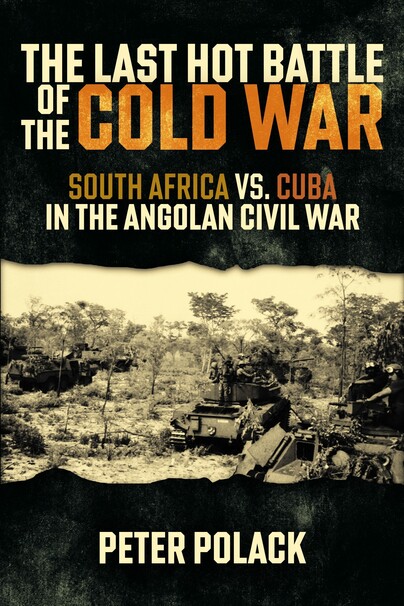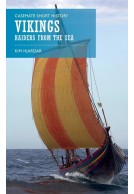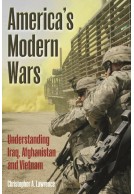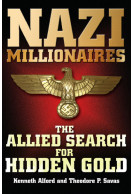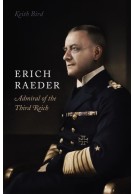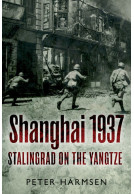The Last Hot Battle of the Cold War (Paperback)
South Africa vs. Cuba in the Angolan Civil War
Pages: 240
Illustrations: 16pp. photos
ISBN: 9781636245256
Published: 31st January 2025
(click here for international delivery rates)
Need a currency converter? Check XE.com for live rates
As the Soviet Union teetered on the edge of collapse during the late 1980s, and America prepared to claim its victory, a bloody war still raged in Southern Africa, where proxy forces from both sides vied for control of Angola. The result was the largest battle on the dark continent since Al Alamein, with forces from both sides paying in blood what U.S.-Soviet diplomats were otherwise spending in diplomacy.
The socialist government of Angola and its army, FAPLA, fully stocked with Soviet weapons, had only to wipe out a massive resistance group, UNITA, secretly supplied by the U.S, in order to claim full sovereignty over the country. A giant FAPLA offensive so threatened to succeed in overcoming UNITA that apartheid-era South Africa stepped in to protect its own interests. The white army crossing the border prompted the Angolan government to call on their own foreign reinforcements—the army of Communist Cuba’s.
Thus began the epic battle of Cuito Cuanavale, largely unknown in the U.S., but which raged for three months in the entirely odd match-up of South African Boers vs. Castro’s armed forces, which for the first time in the Cold War proved what it could achieve. And it turned out the Cubans were very good.
The South Africans were no slouches at warfare themselves, but had suffered under a boycott of weapons since 1977. The Cubans and Angolan troops, instead, had the latest Soviet weapons, easily delivered. But UNITA had its secret U.S. supply line and the South Africans knew how to fight, mainly at a disadvantage in air power for lack of spare parts. Meantime the Cubans overcame their logistic difficulties with an impressive airlift of troops over the Atlantic, while the Boers simply needed to drive next door.
As a case study of ferocious fighting between East and West—albeit proxies for the great powers on all sides—this book unveils a remarkable episode of the end-game of the Cold War largely unknown to the public. The Angolans on both sides suffered heavily, but it was the apartheid South Africans versus Castro’s armed forces that provides utter fascination in one of history’s rare match-ups.
The Battle of Cuito Cuanavale was fought between South African/UNITA and Cuban/FAPLA troops in Angola over a seven month period from August 1987 to March 1988. This was a wide-ranging battle fought over nine-thousand square miles of southern Angola, making it the second largest battle on the African continent after El Alamein. First published in 2013 and now reproduced as a paperback by Casemate, Peter Polack’s The Last Hot Battle of the Cold War tells the gripping story of an intense battle in a crucial phase of the Angolan Civil War.
Neil Smith
Polack outlines the background of the conflict, which erupted from Angola’s independence from Portugal in 1975. The main parties that fought for control were the communist backed MPLA, the US backed UNITA, Cuba, and South Africa. The civil war culminated in the two-part Battle of Cuito Cuanavale. The MPLA’s armed wing was FAPLA, originally led by Soviet advisors who planned the ill-fated attack across the Lomba river. That led to a disastrous retreat followed by a stout defence of Cuito Cuanavale, aided by Cuban forces, against a South African advance. Polack considers the Cuban and South African forces that fought in Angola, including Cuba’s dominance in air power and South African improvisation and innovation. After a brief summary of the Soviet advisors in Angola, Pollack turns to the Angolan FAPLA and UNITA forces and their development. A longer aside follows on the career of General Ben Ben of UNITA before Polack enters the narrative.
In Spring 1987, FAPLA initiated a build-up of forces around Cuito Cuanavale. That is where Polack begins his story. An initial advance of FAPLA, dogged by problems but partially successful, crossed the Lomba river then ran into a South African and UNITA buzzsaw of infantry and artillery fire. In the intense fighting that followed hundreds of FAPLA were killed and wounded. Polack interrupts his narrative with a brief biography of South African Commandant Robbie Hartslief, but he is soon back into the action with the retreating FAPLA pursued by the South Africans. Both sides then settled in for the siege of the town of Cuito Cuanavale. Polack makes it clear that the Soviet advisors to FAPLA had proved disappointing. It would be left to the Cubans to bail them out, which they did through advice, training, effective command, and forces on the ground. Polack provides a blow by blow account of the siege, including chapters on the air war, casualties, and prisoners of war. In December 1988, a ceasefire was signed, which brought about the withdrawal of Cuban and South African forces. But the repercussions continue with Polack highlighting the ongoing process of clearing landmines. Various lists of officers and men involved in the fighting closes out Polack’s book.
Polack has written a book packed with information about a conflict still too few know about. He also captures the spectrum of experience from the top commanders to the soldiers in the field, some of whom paid too high a price for poor decision making by those commanders. There are places where Polack disrupts the flow with digressions that could have been footnoted, and the ratio of narrative to information could have been better weighted, but once Polack gets into the narrative, his descriptions of ground combat are often harrowing, and he provides the reader with a sense of being there; for example, trapped in a South African armoured vehicle with a T-55’s turret slowly turning, or in an FAPLA trench as the artillery rained down, or just being in the sensory-depriving heat of Angola with potential death all around. Some of his selected quotes from the combatants are as authentic as any you will read in military history. Despite the asides and diversions, this book was well worth Casemate’s effort in bringing Angola to a wider readership.







